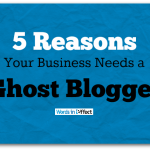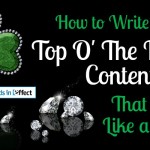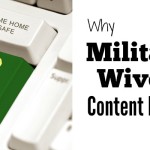
-
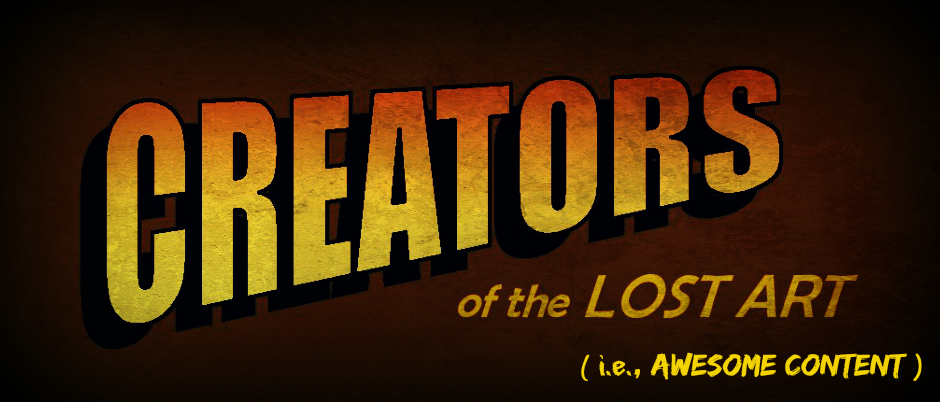
-
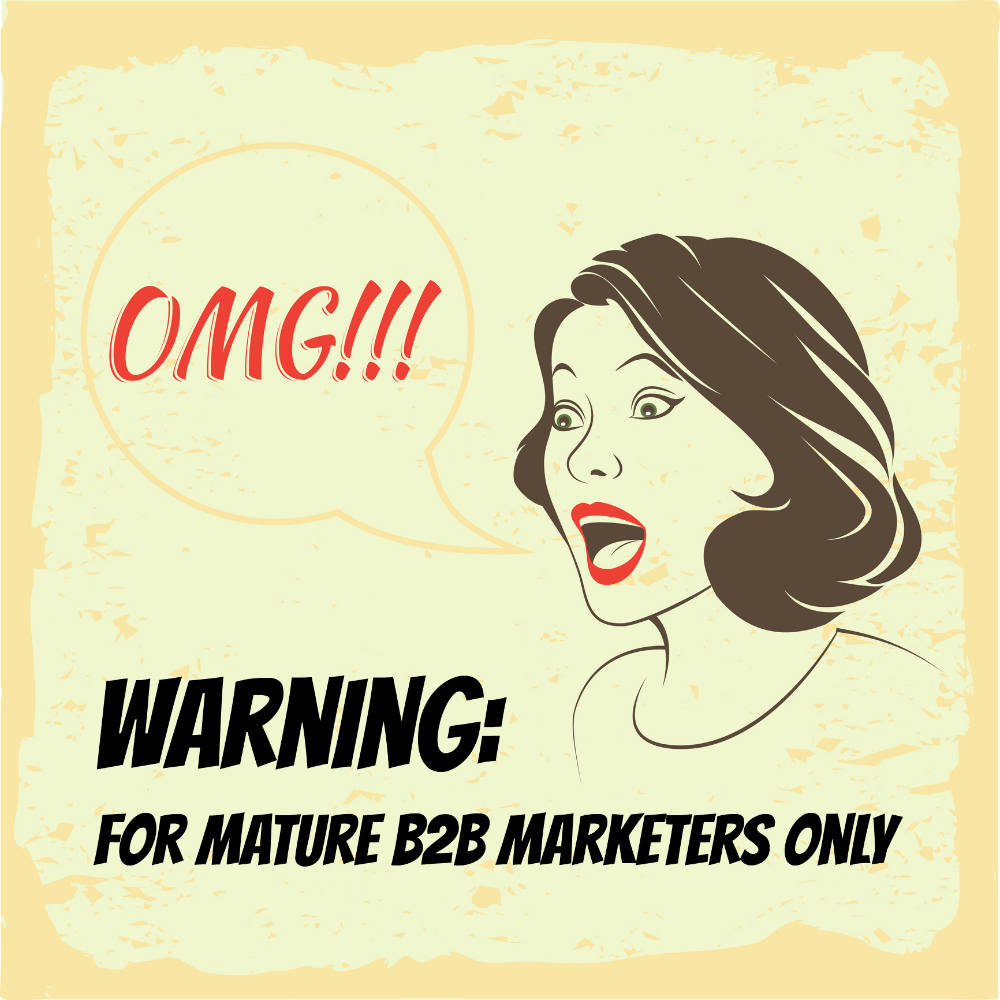
Go Ahead. Expose Yourself! (Warning: For Mature B2B Marketers Only)
By Becky Tumidolsky For most B2B marketing professionals, the…
-

Sneak Peek! Inside the Mind of a B2B Content Writer
By Becky Tumidolsky If you want to create mind-blowing…
-

Is Your B2B Content a Recipe for Disaster?
By Becky Tumidolsky Here’s something I know with absolute…
-

-
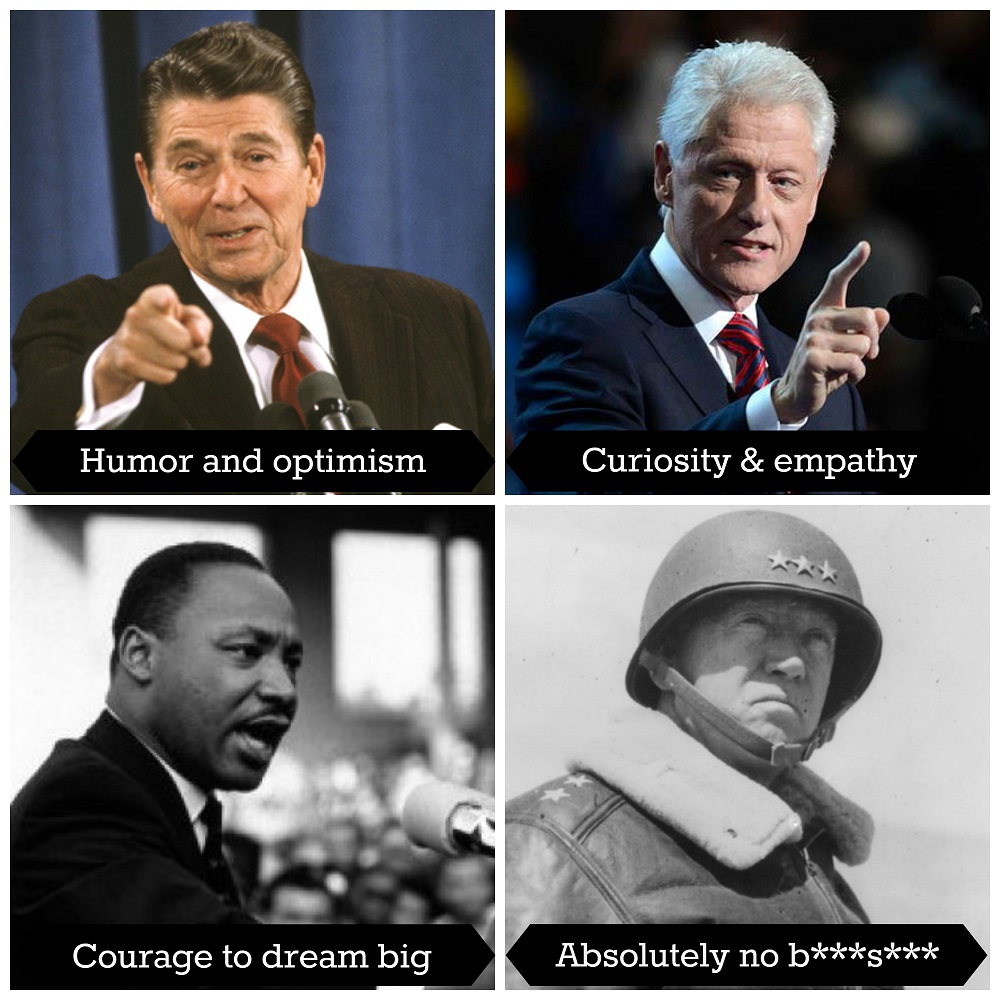
Want to Engage and Inspire Audiences? Learn the Secrets of History’s Great Communicators
By Becky Tumidolsky B2B marketers’ aspirations have never been…
